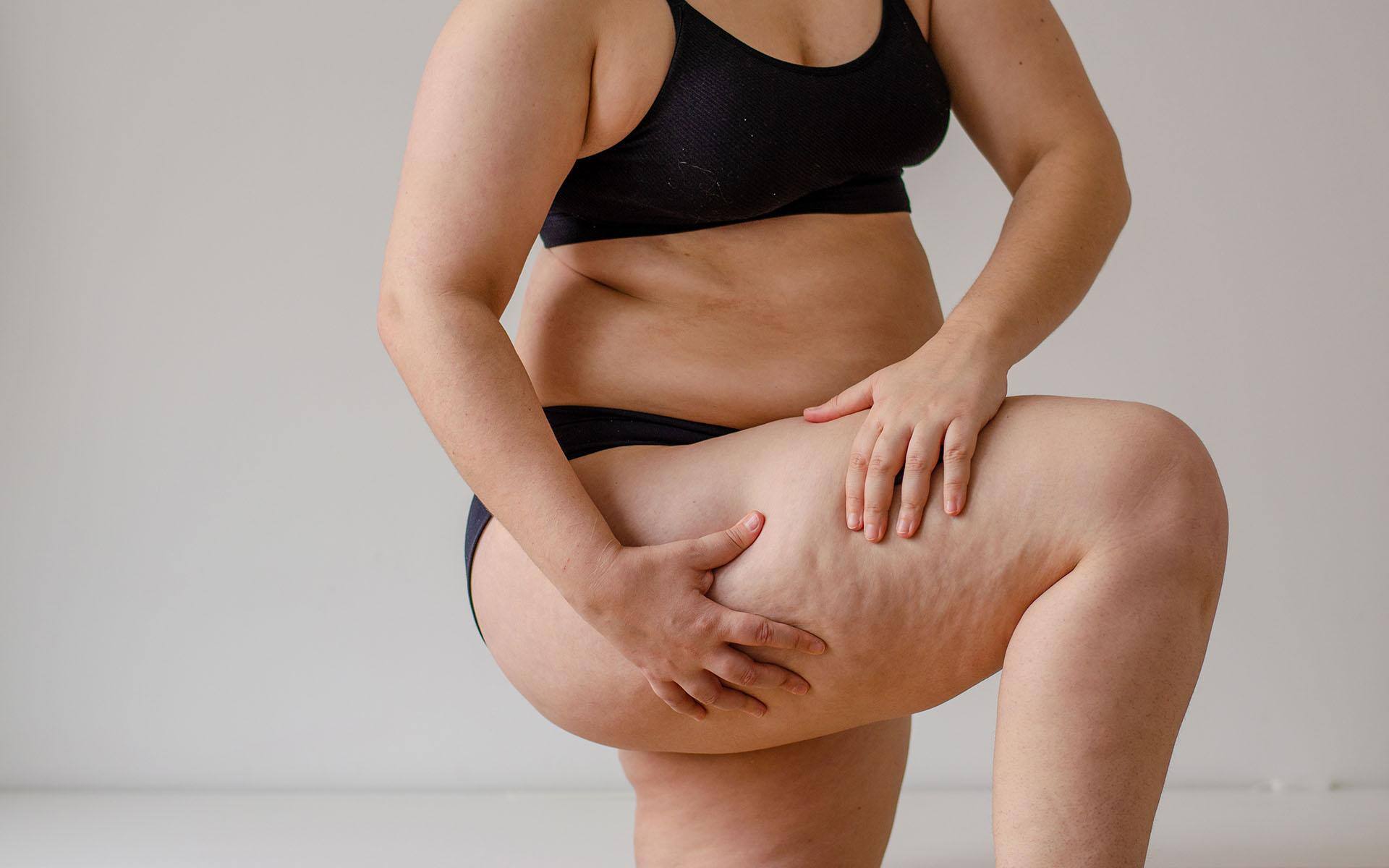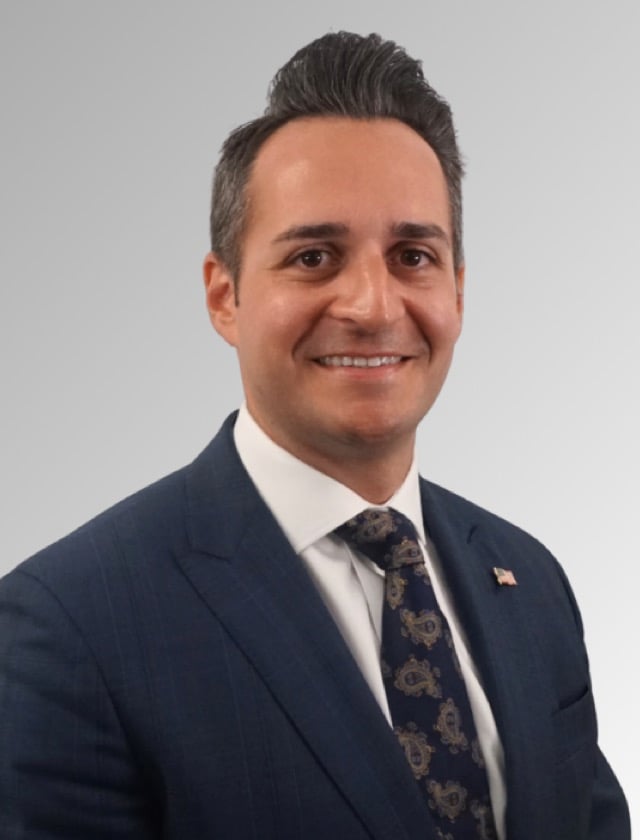Lipedema is a chronic condition characterized by the abnormal accumulation of fat cells in the legs, thighs, buttocks, and sometimes arms. Unlike typical fat distribution, fat in these areas is often nodular, painful, and resistant to weight loss. At The Institute for Advanced Reconstruction, we are at the forefront of lipedema treatment, offering comprehensive care to improve the quality of life for those affected by this challenging condition.

Lipedema: Expert Care & Advanced Treatments

Understanding Lipedema
Symptoms of Lipedema
Lipedema symptoms may include:
-
"Cuff" effect:
Minimal fat is deposited in the hands and feet, often creating a noticeable "cuff" or band-like appearance at the ankles or wrists.
-
Disproportionate fat accumulation:
Fat tends to accumulate excessively in the legs, thighs, buttocks, and sometimes the arms, leading to a disproportionate body shape. -
Easy bruising:
Individuals with lipedema may experience easy bruising in areas where fat has accumulated. -
Family history:
A genetic predisposition may be present, as many individuals with lipedema have a family history of similar fat distribution patterns. -
Heaviness in limbs:
A common symptom is a feeling of heaviness in the limbs, particularly the legs. -
Nodular fat lumps:
Small, bead-like lumps of fat may develop under the skin. -
Resistance to diet and exercise:
Lipedema is resistant to conventional weight loss methods, such as diet and exercise. -
Symmetrical fat deposits:
The fat deposits in lipedema are usually symmetrical, meaning they occur evenly on both sides of the body. -
Tenderness and pain:
Affected areas are often tender or painful to the touch.
These symptoms may develop or worsen during puberty, pregnancy, or menopause.
Stages of Lipedema
Lipedema progresses through four stages, during which fat accumulation, pain, and swelling may increase as the condition develops:
Stage 1
- The skin surface is smooth
- Subcutaneous tissue may feel soft and pliable, but small nodules are palpable
- Some pain and easy bruising may be experienced
Stage 2
- Skin surface becomes uneven with indentations
- Larger nodules (pea to walnut-sized) are palpable in the subcutaneous tissue
- Pain and bruising are more likely to occur
- Tenderness and heaviness in the affected area increase
Stage 3
- Skin surface becomes more uneven with larger and more exaggerated indentations
- Subcutaneous tissue becomes firmer and coarser
- Large extrusions of tissue can form, especially on the thighs and around the knees
- Increased pain and impact on mobility
- The increased tissue can negatively affect the joints, impacting gait and mobility
Stage 4
- Also known as lipo-lymphedema
- A significant volume of lipedema tissue causes a compromised lymphatic system
- Lymphedema develops in addition to lipedema
- Fibrosis of tissue becomes more distinct
- Increased risk of cellulitis and skin ulcers
It's important to note that not all individuals with lipedema will progress through all stages, and early intervention can help manage symptoms and potentially slow progression.
Lipedema Treatments
Lipedema treatments can include noninvasive measures, such as compression therapy and manual lymphatic drainage. However, at The Institute for Advanced Reconstruction, we specialize in lipedema surgical treatments that remove the affected fat cells.
Lipedema Reduction Surgery
Unlike cosmetic liposuction, surgery for lipedema is modified to reduce injury to lymphatic vessels.
Studies have shown that lipedema reduction surgery results include:
- Improved mobility and a reintroduction to activities of daily living
- Improved quality of life
- Improvement in body image and emotional state
- Pain reduction
- Reduced bruising
- Reduction in swelling, resulting in a diminished need to continue to wear compression garments
- Weight loss
Our Doctors
At The Institute for Advanced Reconstruction, our surgical team specializes in lipedema liposuction surgery and other surgical treatments for lipedema.
Find a Location

Insurance Information
The Institute for Advanced Reconstruction participates in a wide range of insurance plans, including those listed below. However, each physician has their own accepted insurance and hospital affiliations. Before scheduling an appointment, please contact your insurance carrier to confirm that your provider is in-network.
If we are not an in-network provider, our friendly insurance specialists will help you find the most coverage available for your treatment.
- Horizon Blue Cross Blue Shield of New Jersey
- Medicare
- Railroad Medicare
- Aetna
- Cigna
- United Healthcare
- Oxford (Freedom, Liberty)
- MagnaCare
Patient Resources
Find resources to help you with your lipedema treatment journey. Our patient resources page can help you understand what to expect before, during, and after treatment.
Am I a Candidate for Lipedema Treatment?
Our expert team will conduct a thorough evaluation to determine the best treatment plan for your individual case. To find out if you are a good candidate for lipedema treatment, schedule a consultation with our experienced team at the Institute for Advanced Reconstruction today.



.webp)




